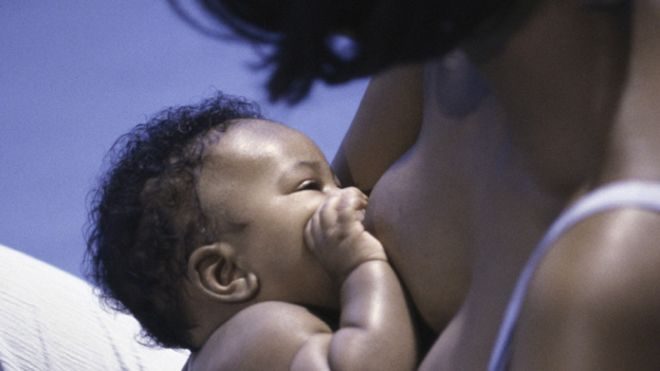
In urban West Africa, Amaka’s childhood friend Chijioke just lost her newborn. Only three days old, the baby died from an infection. Amaka, 30 years old and pregnant herself, heart clutched in fear, doesn’t know how even to begin to console her distraught friend.
The sad truth is that much of Sub-Saharan Africa (SSA) accepts with resignation the all too real danger of death and disability for mothers and babies during childbirth.
In the last decade, improvements have been made worldwide in reducing infant deaths, and Africa is no exception. Every year, however, in Africa, almost 1.2 million babies still die in the first month of life. They die mainly from prematurity, complications of childbirth, and infections, all of which are preventable.
A baby’s risk of dying is highest in the neonatal period, which is the first 28 days of life. Newborns make up almost half (44%) of all deaths in children under five years old in Africa.
More than half the babies born in Sub-Saharan Africa (SSA) are delivered at home without the help of skilled birth attendants. As a result, many neonatal deaths and stillbirths happen at home, marked only by grieving families and not included in any official statistics.
Caring properly for newborns is crucial to prevent conditions that cause needless death.

The leading causes of neonatal death, including infection and poor nutrition, can be easily prevented. Here are five things that can save babies in the critical first month of life:
- Skin-to-skin contact between mother and baby immediately after birth.
Skin-to-skin contact helps to regulate a lot of the baby’s vital functions such as his heart rate, breathing, temperature, blood sugar and blood pressure. As soon as the baby is born, even while the umbilical cord is still attached to the mother, dry the baby thoroughly with a clean cloth and place the baby naked on the mother’s bare chest for about an hour. Cover the baby with a clean cloth while lying on his mother’s chest.
The skin-to-skin contact also:
- Improves Breastfeeding
- Promotes mother-baby bonding
- Reduces stress in mother and baby
- Early and exclusive breastfeeding in the first six months of life helps children survive.
Newborns are usually awake and alert in the first hour after birth. It’s best to take advantage of this time to breastfeed the baby. As surprising as it may sound, of all the methods used to care for babies, exclusive breastfeeding during the first six months of life has the highest impact on newborn survival.
Breast milk contains antibodies, enzymes, healthy fats, and hormones, many of which are not in infant formula. Breast milk is much easier for baby to digest and more hygienic which is important in places with poor sanitation. It also aids healthy brain development, improves mental performance and is linked to better educational achievement at age five.
Kangaroo Mother Care is the use of skin-to-skin contact and exclusive breastfeeding in a supervised medical environment such as a health centre or hospital. It helps premature babies survive in low-income countries.

- Clean childbirth
2 of 10 newborn deaths in SSA are due to infection. Keeping the birthing area clean and using sterile techniques in labor and delivery drastically reduce infection during childbirth.
The six “cleans” to prevent infection during childbirth include:
- Clean hands of the attendant
- Clean surface for mother to lie on
- Clean blade to cut the umbilical cord
- Clean cord tie
- Clean towels to dry and swaddle the baby
- Clean cloth to wrap the mother
- Good umbilical cord care
Delaying the clamping of the cord for 1 – 3 minutes after the baby is born allows more blood to pass from mother to child. It reduces iron deficiency anemia in the baby, a common cause of illness in infants. It’s important to apply chlorhexidine, an antiseptic to the umbilical cord early, within the first few minutes after cutting the cord, and then once daily for seven days or until the cord falls off. Chlorhexidine prevents infection and is available at local pharmacies.
- Good hygiene and hand washing
Severe infection is a significant cause of death in newborns, so it’s vital to practice good hygiene when caring for babies. Proper hand washing every time before handling an infant is critical! This rule applies to baby’s siblings and grandparents as well. Maintaining good overall hygiene in the home will also lower the baby’s risk of infection.
Educating each other, family members, and neighbors about the simple steps to save newborns can ensure that babies survive and live healthy and productive lives.
Please tune in to watch The HealthZone every week on Channels TV.
Tuesday at 2:30 pm, repeat Friday at 4:30 am (DSTV platform)
Wednesday 12:30 pm, repeat Sunday 7:30 pm (terrestrial platform)
Thursday 4:30 pm, repeat Friday 12:30 pm (UK Sky TV channel 575)

